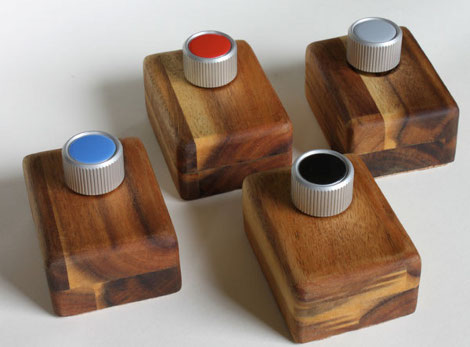![]()
[Nicholas] built an active tracking system using RFID tags. The system’s tags operate in the 2.4 GHz band and are used to track either people or assets. The readers are on a mesh network and can triangulate the location of any tag for display on a map. His system is even set up to show the travel history of each tag. [Nicholas] shared every detail in his writeup including some background about available hardware options and how he made his final decisions on what devices to use for the job. His conglomeration of software that ties the whole project together is also available for download.














